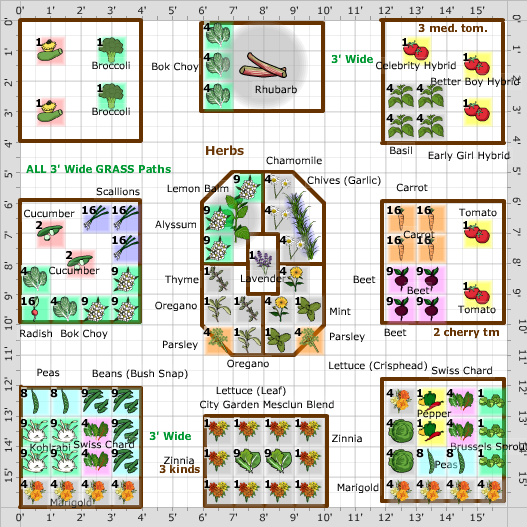

Read here to learn how to improve your soil, even if it is heavy clay soil like we have. Well composted manure or bagged compost will help build soil health. Meanwhile, get your garden bed ready by amending the soil if needed. Instead of creating a seedling bed outside, consider doing it indoors and then transplanting to the garden you prepare outside. Starting certain types of plants indoors can save on space and also ensure that you can closely monitor them in infancy. You can also choose to plant specific dwarf varieties which inherently take up less space and make a great addition to a garden. This will make room for the rest of the plants to continue growing. And plant closely together – you can always thin some plants later after early harvesting. Good examples of bushy plants include cabbages, cauliflowers and broccoli.Įxample of plants that maximize space include carrots, onions or radishes. Some grow bushy while others grow more constricted. Aim for these varieties to take advantage of space! 5. Some veggies are high-yielders and produce lots of produce from a single plant. Find out what is more valuable to you and then plant it. You have to prioritize since you will not be able to plant everything in the small garden. Plant What is Not Accessible to You Easilyįind out what you cannot purchase easily in your local store and consider planting this in your garden.

Planting vegetables that aren’t readily available is a great way to expand your diet!Ĥ. Hanging squirrel proof bird feeders from the trees will attract the birds to your garden. Some animals and birds also act as natural pest controls. Leaf-heavy trees and shrubs are a great way to provide shade that animals will love. Waking up to the sound of birds chirping in the morning is a beautiful feeling. Wildlife is a wonderful addition to your small garden space. Attracting wildlife like birds is a great way to naturally improve your garden and help control pests. You may even have space for something else to grow on the open space on the ground, like other veggies, flowers, and more. This will hardly take up any space at all. Use trellis for support and train them to grow along a support structure, such as a fence. This is a great way to take advantage of compact garden layouts. Excellent examples include squashes and cucumbers. Consider Vertical Planting to Get the Most out of a Small Gardenįind ways to grow up! Vertical planting works better for vines or crops that crawl. This guide will give you lots of suggestions for maximizing even a small garden!Ģ. You don’t need a lot of space to produce delicious homegrown produce. Zucchini: plant with peas, beans, radishes, and corn.

#Small plot vegetable garden plan Patch#
Practice Companion PlantingĬompanion planting allows you to plant two or more crops in the same patch of land. Get the Most from a Small Vegetable Garden Check out these 10 tips for how to get the absolute most out of your small vegetable garden! 1. Here are some small vegetable garden ideas that will teach you how to utilize a small plot of land effectively. Small garden spaces can still be utilized to maximize the output you can derive from them.


 0 kommentar(er)
0 kommentar(er)
